- ‘Conspiracy Theory: Did We Land On The Moon?’
So far I’ve been heavily influenced by introduction clips for films and TV shows, as i’m working on an intro to a television show to do with the conspiracy theory surrounding the moon landing I thought it was appropriate to research into these type of intro’s that show parts or give an insight on what the show will be about. Notable ones include the documentary series, ‘Conspiracy Theory: Did We Land On The Moon’, the introduction to this episode inspires me to use found footage of the Apollo program to show evidence on how the landing were faked (through a non-believers point of view).

I also find the over exaggerated nature of the American documentary series very entertaining and how every little detail is up in your face, not letting you acknowledge anything that’s going on in the intro. The director, John Moffet seems to be a very strong conspiracy believer looking at other work he has done. Unfortunately, none of his other work is relevant to my project but I will 100% be taking the extreme editing into consideration when putting together my piece.
2. ‘True Detective’
When researching for the ‘Different Point of View’ brief my main inspiration came from the introduction to ‘True Detective’, which is an American anthology crime drama. Even though the show has nothing to do with my idea of a moon landing conspiracy documentary intro. I instantly fell in love with this film sequence as soon as I saw the potential for the use of double exposure in my moon conspiracy intro film. I really believe I could show the different point of view of what people believe happened during the Apollo missions, for example showing the infamous flapping flag on the moon in one shot, and then showing no sign of a blast crater under the ‘Eagle’ spaceship.
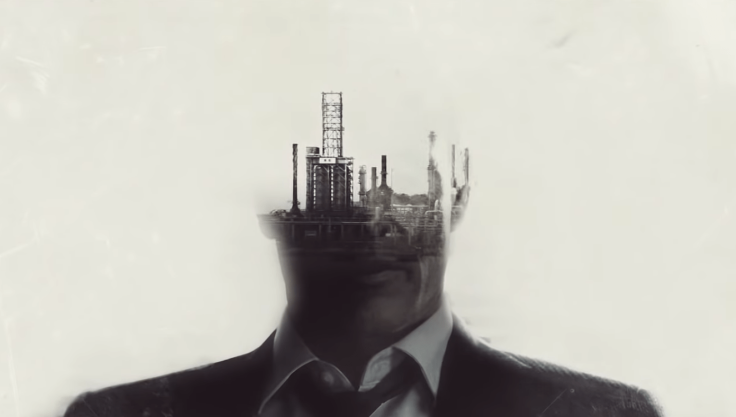
Audio is another factor I need to consider when creating my piece of cinematography, seeing as its a trailer/intro it’ll need either music or narration. I especially liked the dark-country Western music that played in the ‘True Detective’ intro, but with the type of video I’m going with this gloomy, depressing music might not work too well.
Replicating some of these effects will be near impossible for me to do, but luckily with the use of Adobe After Effects and Premier Pro I may be able to make somethings similar.

3. ‘World War Z’
Delving deeper into video manipulation I came across this opening scene/intro for the popular zombie film, ‘World War Z’. Having seen the film the introduction is way more cinematographic and much more artistic. Though there isn’t double exposure at any point during this sequence, most of the footage is not original content produced by the director, but is taken from news shows and television programmes. Seeing as I’m doing my idea on the moon landing and raw footage I will find it difficult to create original content so finding this video is a breath of fresh air now that I know I can comfortably use raw footage from the moon missions.
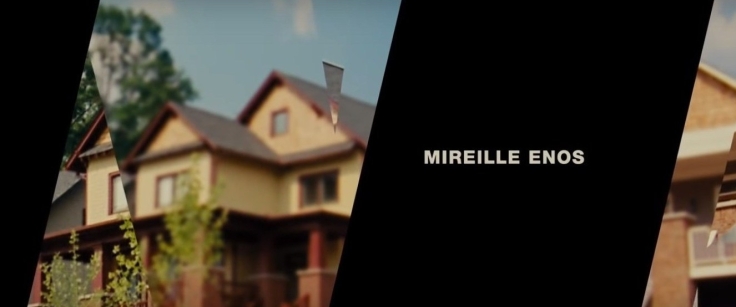
From what I’ve created so far I believe this piece of content will be my main inspiration due to the fact that some double exposure techniques I have talked about seem to be a lot more difficult to make than I thought. Saying this, I will still be creating simple double exposure effects to en extent. As seen in the image above there is a use of black masking, and also blurred masking, where there’s an enlarged and shifted copy of the footage underneath the original. I will try replicating this technique in my future work. The masks also move and morph in every scene, here’s the intro on YouTube to get a grasp of what I mean.
Having watched this video over a dozen times it’s going to be difficult not to copy some aspects, for example the pacing and the similarities in music. I will hopefully be creating a hybrid video that includes aspects from the ‘True Detective’ intro and this video above.





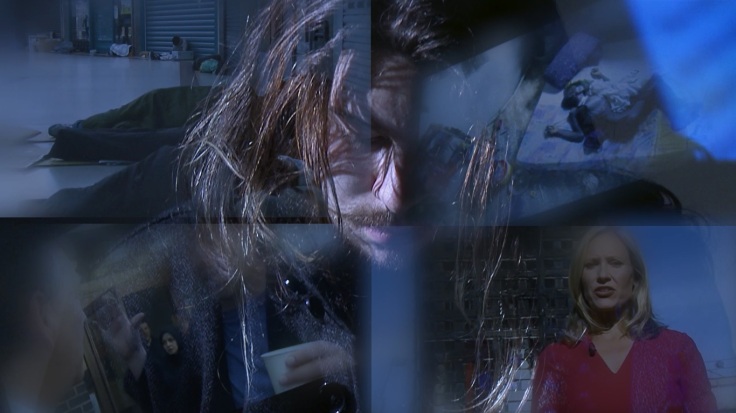
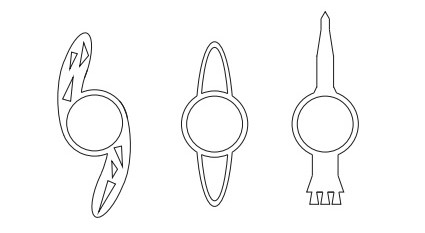



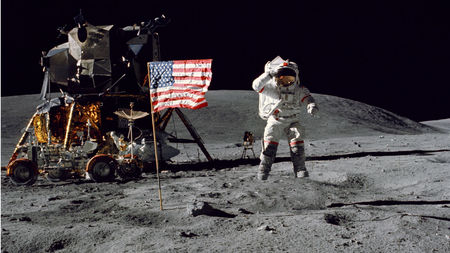





 I was very intrigued by the outcome and wanted to explore it more and how the cracks formed. I enjoyed this look because it gives a natural look on how the cracks form, instead of imitating them. Below are some of Adam Buick’s ceramic work and you can clearly see how his work inspired me with the planet – looking patterns on them:
I was very intrigued by the outcome and wanted to explore it more and how the cracks formed. I enjoyed this look because it gives a natural look on how the cracks form, instead of imitating them. Below are some of Adam Buick’s ceramic work and you can clearly see how his work inspired me with the planet – looking patterns on them:
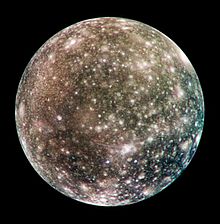
![IMG_1062[1]](https://iwanlewisartdesign.wordpress.com/wp-content/uploads/2018/11/img_10621-e1542113814910.png?w=211&h=212)






 Everything in the Hayward gallery was so unbelievably abstract and taught me that art has literally no limit (I felt like this when entering Richard Wilsons oil room installation). After queuing up for an hour each person had the chance to enter this room filled the strong scent of engine oil (and also filled with the fear of falling off an imaginary edge.)
Everything in the Hayward gallery was so unbelievably abstract and taught me that art has literally no limit (I felt like this when entering Richard Wilsons oil room installation). After queuing up for an hour each person had the chance to enter this room filled the strong scent of engine oil (and also filled with the fear of falling off an imaginary edge.)











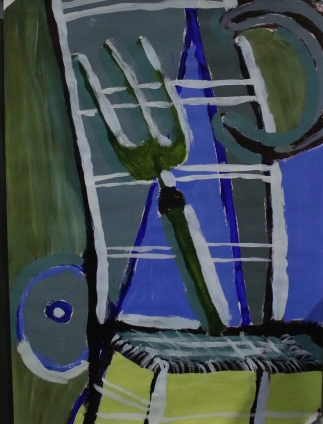






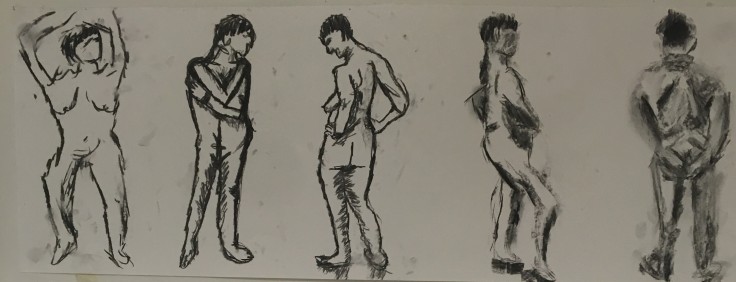












![IMG_9728[1]](https://iwanlewisartdesign.wordpress.com/wp-content/uploads/2018/09/img_97281.jpg?w=736)
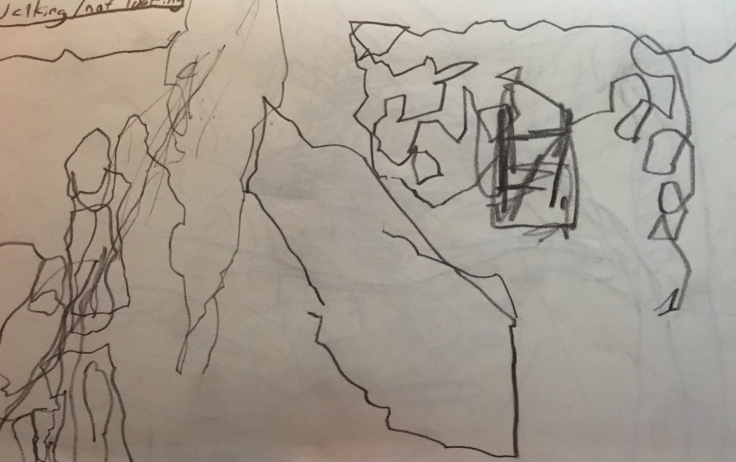 Many of my fellow students and I noticed even though the drawing was blind they could see people to the left and the footpath, and (maybe not as obvious) a hedge and gate to the right side. I do believe that I should embrace this style of abstract drawings and I will use the techniques that I learnt in the induction fortnight in my future work.
Many of my fellow students and I noticed even though the drawing was blind they could see people to the left and the footpath, and (maybe not as obvious) a hedge and gate to the right side. I do believe that I should embrace this style of abstract drawings and I will use the techniques that I learnt in the induction fortnight in my future work.


